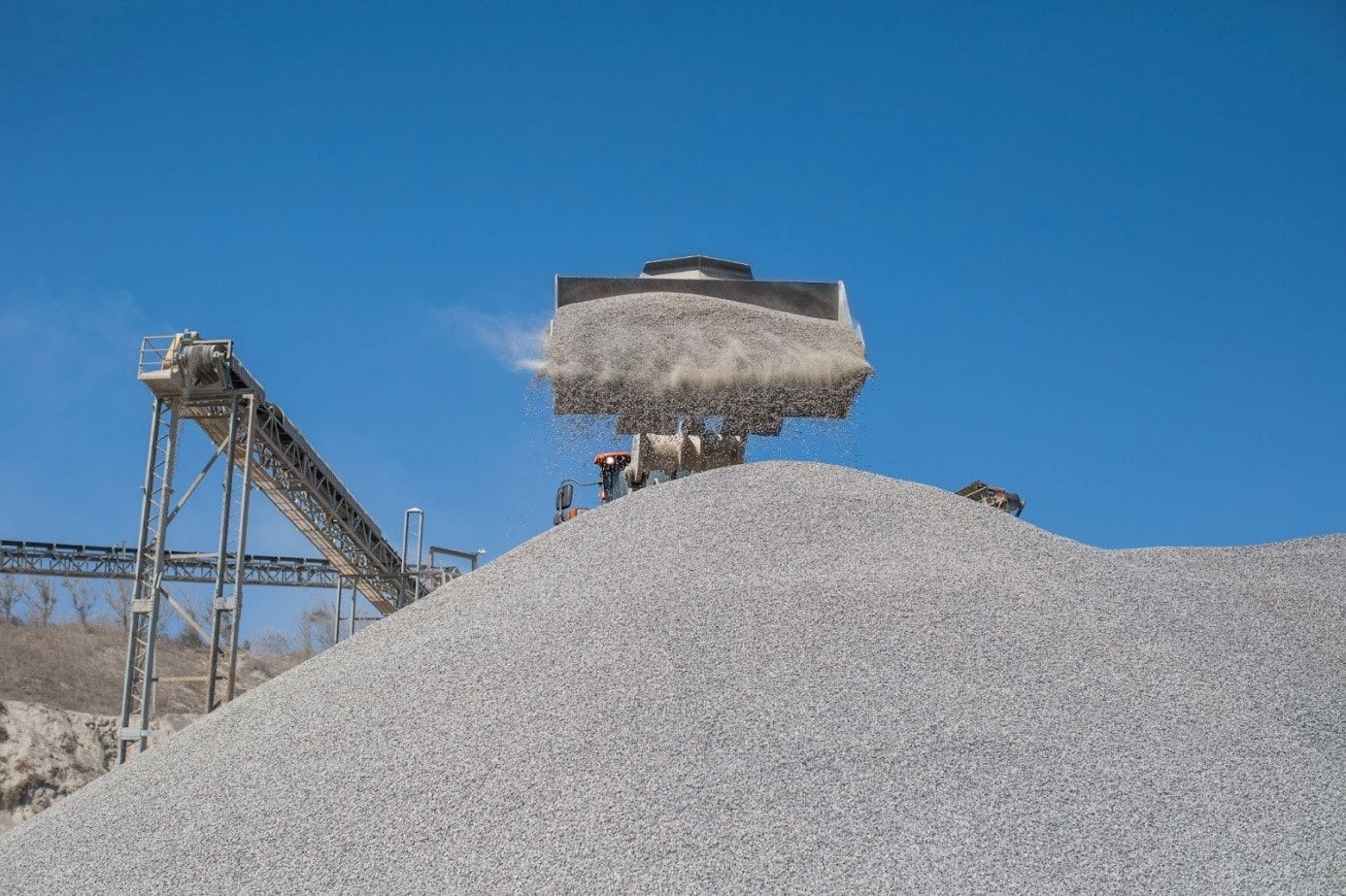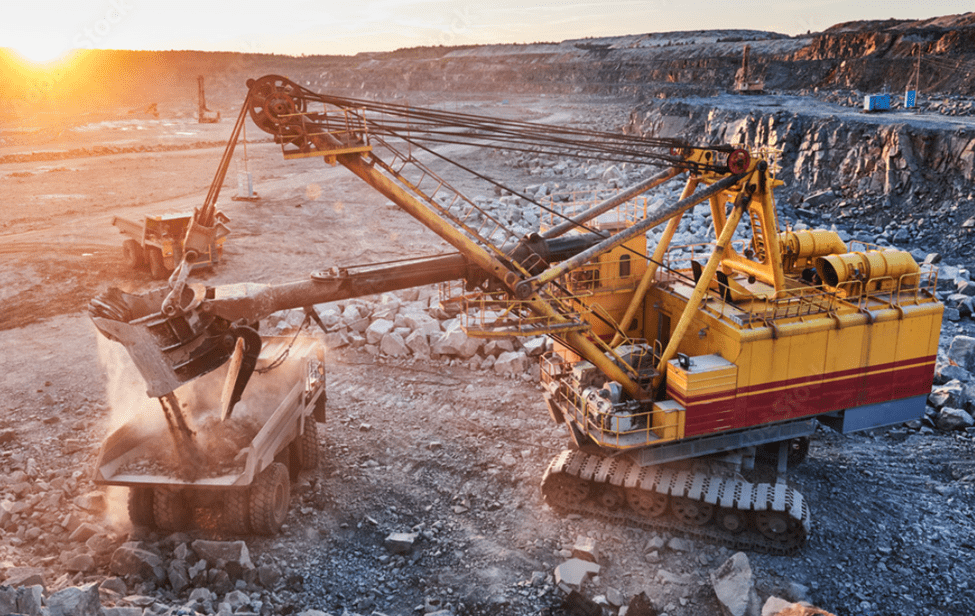Water is a vital requirement for survival. Mines use water for a variety of purposes. Without water mines cannot operate. Most mine operations extract water from groundwater, streams, rivers, lakes or through commercial water service suppliers and in the last few years, from desalination plants. And to make things worse, some mining sites are in areas where water is already scarce.
Water scientists are predicting a major global water shortage, which could be partially solved with water desalination and water treatment plants. However, water desalination and water treatment plants consume energy and can be costly and hard to implement. Therefore, water management in the mining industry has become critical. Thankfully, the mining industry can improve water efficiency in different ways which we explore in this article.
How does the mining industry use water?
Water is utilized extensively in both underground and open pit mining, around 40% in ore processing, around 40% in tailings ponds and close to 20% in dust control. Drinking, cooking, washing, and bathing are all examples of human water usage. When compared to total consumption at a mining site, these generally represent insignificant amounts.
The mining industry uses different water treatment solutions to both recover and recirculate as much water as possible and avoid acid drainage.
What are mining companies’ water reduction goals?
Leading mining companies in water scarce districts, such as CODELCO Norte, in Calama, Chile have reduction goals of above 60% for 2030. Other mines are concerned in minimizing water use and water disposal due to acid drainage risk, energy consumption and C02 emissions to move water from one point to another.
Consumption in beneficiation plants
Water for mineral processing is the most water-consuming part of the manufacturing chain for minerals such as copper and gold in terms of overall volume. Sulfurated mineral treatment in beneficiation plants entails crushing and grinding of the mineral, followed by flotation, classification, and thickening. Flotation, transportation of concentrates and tailings, as well as evaporation and infiltration in dams, consume the most water.
Sources of water in mines
Groundwater, streams, rivers, and lakes, as well as commercial water utility providers, are used in most mining operations. However, mine sites are frequently located in places where water is already scarce, and local populations and authorities, unsurprisingly, are typically opposed to mines utilizing water from these sources.
However, water acquisition isn’t the only difficulty; water extraction is also a concern. Water must be pumped away from a mine site in many contexts, especially with underground mining, which can deplete groundwater, deplete surface water, or pollute surrounding rivers.
New technologies are making the way to help mine companies to desalinate sea water, recover and recirculate as much water as possible from minetalings, and reduce up to 90% of water used for dust control and road maintenance programs.
10 Ways companies can save water in the mining industry
Here are the best practices and efficient use of water in the mining industry:
1. Reduce the amount of water used
Develop approaches that lower the need for water during the mining process. You might come up with strategies to keep process materials as dry as possible as they’re moving through the flow sheet. Examine water-saving storage strategies that preserve the water that is currently present in the process.
2. Limit the use of freshwater
You can plan mining operations in such a way that they have a minimal impact on surface and groundwater. Alternative mining methods, both above and below ground, are being considered to minimize any impact on aquifers. Non-explosive mining methods are one option to consider, as they will result in less water needing to be treated in the future. Investigate successful systems in use around the country and put one in place that has the least amount of impact on water use.
3. Analyze and track your water expenses and expenditures
Understanding the cost of water on a financial and risk basis for present and future scenarios is a critical step towards water conservation. Consider how your operation affects the ecosystem around the mine and whether there are any alternative ways to save water and reduce impact. You should also look into ways to cut down on future cost increases and environmental concerns. Educate your staff on the importance of water and make it a priority in all of your projects.
4. Minimize leaks
Mining operations, like any other industry, distribute water through a network of pumps, valves, and pipes. Leaks, like leaks in most other businesses, always pose a production or economic risk. Even if individual leaks appear modest, they can quickly add up to a considerable volume if not effectively managed.
The following are some of the top water leak management practices:
- Assess and prepare for installations, taking into account capacity as well as the likelihood and frequency of breakdowns. Consider the impact of a disaster on the mine’s water demand, both inside and outside.
- Carry out preventive maintenance of the facilities equipment and ensure the inspection of the pipes.
- Install measures to identify leaks in process water in a timely manner. This could be as simple as moisture sensors or as complex as IoT-based pressure and flow monitoring devices.
- When a leak occurs, repair it as soon as possible.
5. Improve wastewater treatment and use closed loop recycling
Installing a water treatment unit is one of the most popular methods to maximize water reuse. For wastewater treatment, a variety of effective technologies are available. However, the specific answer will be determined by the treatment requirements of each project. Membrane technology and thermal treatments for salt-based contaminants are two popular methods. For organic pollutant treatment, there are additionally bioreactors and polymer extraction.
Treatment units for wastewater treat effluent and recover water for reuse and drinking. They also aid in reducing the hazards and obstacles of environmental compliance related with effluent discharges. To reduce the need for freshwater, most mines have some form of recycling system in place. A “closed-loop” system is designed to essentially eliminate water losses from the system.
6. Consider various onsite water usage strategies
Mining businesses are well aware of the dangers of a dusty road on site, which reduces sight and releases toxic dust particles into the air. The spraying method of manipulating dust is widely used but it wastes a lot of water.
Compaction aids and other technologically advanced techniques, such as items that use soil agglomerates, which are largely non-adhesive and non-binding perpetual wetting agents, should be investigated. These keep the soil moist, reducing dust and the need for water spraying.
7. Make a diagram of water usage and sources
You’ll need to develop a schematic that depicts inflows and sources of freshwater, and processed water, and how it’s all recycled to completely grasp where your water source comes from and how it’s used. This diagram will help you assess the situation and make the required adjustments.
If you use a lot of water and your mine’s water source is a nearby river, you’ll need a thorough grasp of the water system to build a conservation strategy. The usage of this water supply will have a negative influence on groundwater systems.
8. Data-driven process optimization
Legacy plants can benefit from modern technology such as artificial intelligence (AI) and analytics-backed IoT sensors. It’s possible that the payoff period will take some time. Before using real-time AI-enabled systems to take corrective actions, operators must first collect data to determine the spots of inefficiency.
AI can help save money and maximize wastewater reuse by reducing energy consumption in water/wastewater treatment systems. Installing an AI system at the mine site that allows plant employees to use previous data and continuously monitor and optimize water use assets.The effectiveness of AI-enabled technology improves with time as it learns from process parameters.
9. Educate staff
Although it may appear to be a simple step, informing your staff about the need for water conservation will help them comprehend why processes need to be altered. You should also teach them to conserve water at home, for example by using graywater or rainwater catchment tanks.
To ensure a successful transition to your water saving practices, teach your personnel how to use the new equipment or processes you’re installing. Your staff will be able to see issues and notify you of any additional practices that need to be changed.
10. Invest in dust suppression solutions and smart irrigation
Smart irrigation is a system for charging and watering the roads, spraying conveyor belts and crushers can help you save up to 50% of water and additives used for dust control. It is used to monitor and regulate activities, using an integrated management system. It also provides control and precision in the creation of emulsions and logistics delivery of additives.
Mine operations must strike a compromise between the safety of their unpaved road networks, non-stop transit, road dust emissions, and maintenance costs. The use of controlled application rates (ml/m2) and frequency over the roads is a vital component in optimizing and balancing mine site road maintenance goals.
The main characteristics and benefits of smart truck water systems include:
- Travelled speed adjusted pump flow rate
- Real Time Monitoring (wireless connectivity)
- Cab Control panel with switches
- Remote programing of water application areas and irrigation rates
- Water Tank-Level Sensor
- GPS and data time log
- Pump and Motor Assembly
- Hydraulic – Rear Spray bar Assembly Kit in Carbon Steel
- Encrypted web access of water trucks operations and area covered reports
- Compatible with our Dust Monitoring & Management Systems DMS-RTM
It is common knowledge that mine sites generate a lot of dust. This dust is harmful to machines but also to humans, which can be vulnerable to illnesses. To increase efficiency and security, mining companies should invest in dust suppression solutions. This has the additional benefit of increasing water savings.
Here are the key benefits of dust suppression and management:
- 80-90% water savings
- Minimizes water consumption
- 95-99% proven dust reduction
- Long-term effects
- Neutral PH (non-corrosive to machinery)
- Rapid dilution and applications
- Non-slippery roads
- Nontoxic Products
- Applicable to all types of soil
- Designed for high traffic of heavy machinery
- Water-repellent (resists impact of rain and snow)
- Harmless to the environment
- Measured performances to best match different traffic, soil, weather, and water characteristics.
ABCDust makes water management in mining a breeze through integrated OEM controlled water delivery systems that not only facilitates water conservation in mining but also enhances mining water management performance to ensure sustainable mining operations. Get in touch with us today to know more about our services!





